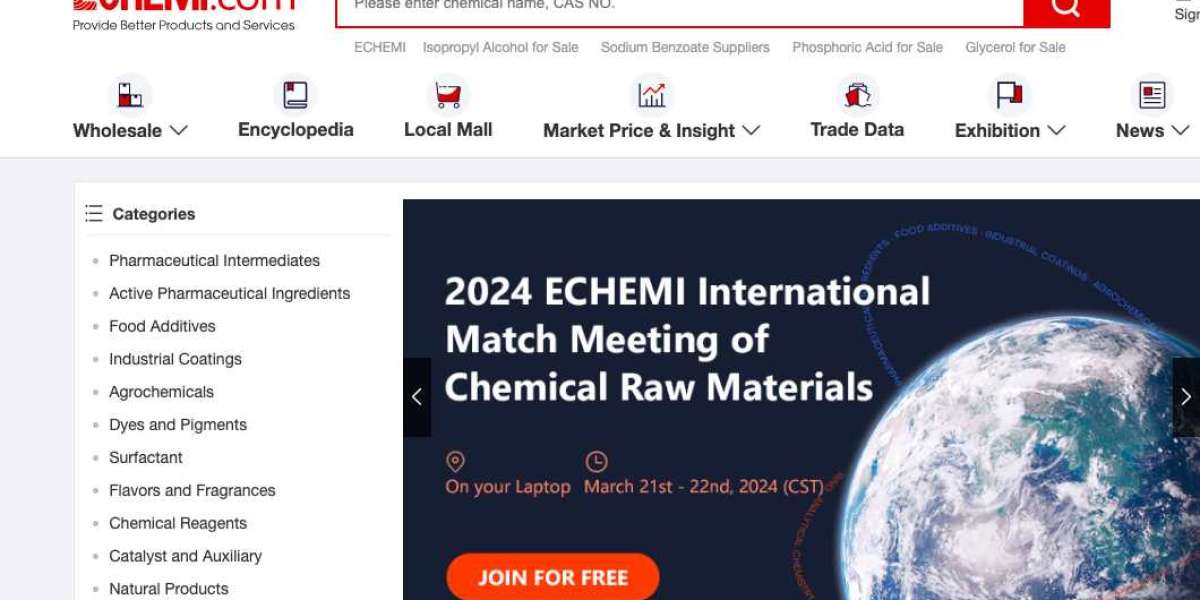Agrochemicals are chemical products comprised of fertilizers, plant-protection chemicals or pesticides, and plant-growth hormones used in agriculture. Modern agriculture mostly depends on the use of various agrochemicals that have a significant contribution in enhancing efficient and economical crop production for meeting the food requirement of the fast-growing global population (Pal et al., 2006). For addressing the growing food demand, agrochemicals are profusely used in agriculture to bridge the gap between food production and consumption. However, unbalanced application of agrochemicals leads to environmental degradation and poses numerous challenges to agricultural ecosystems and soil health. For improving soil health and crop productivity, microorganisms play a significant role in the fundamental soil processes and actively participate in nutrient cycling (Jacoby et al., 2017). Soil degradation due to the overuse of agrochemicals has threatened the soil health sustenance and food security, which is a global problem (Jie et al., 2002). The fate of pesticides in the environment has created unwanted problems for nontarget organisms (e.g., beneficial microorganisms).
The main concern related to chemical products is that they are present in the environment for a long with any degradation and enter into body of a living being, and accumulate in their tissues that directly or indirectly affect their health, for example, plastics. Although plastics had many important applications throughout history, they stabilized after disposal and remain in the environment for several years. Some organic compounds like dichlorodiphenyltrichloroethane (DDT), one of the insecticides, are organic halogen compounds that damage the plant and animal tissues after accumulation. Therefore the chemical products should be designed in such a way that they break down easily into less toxic products without harming the environment. While designing the chemical products, their physical and chemical properties should be taken into account along with their decomposition products.
An immense variety of chemical products are being manufactured, used, and released by agricultural and industrial activity. Some inorganic compounds include acids, alkalis, ammonia, chlorine, radio nuclides, and heavy metals (e.g., cadmium, copper, iron, mercury, and zinc). Organic compounds are grouped under different names such as chlorinated hydrocarbons, hydrocarbons, pesticides, phthalates, and phenolic compounds.
An immense variety of chemical products are being manufactured, used, and released by agricultural and industrial activity. Some inorganic compounds include acids, alkalis, ammonia, chlorine, radionuclides, and heavy metals (e.g., cadmium, copper, iron, mercury, and zinc). Organic compounds are grouped under different names such as chlorinated hydrocarbons, hydrocarbons, pesticides, phthalates, and phenolic compounds. Perhaps 20,000–50,000 substances are manufactured or applied within industrial countries, and a few thousand are added each year. In most European countries, between 120 and 530 active pesticides are approved for agricultural use today. The annual usage is usually between 1 and 14 kg ha–1 of arable land. Substances that are applied within a country are also detected (or their degradation products) when tested for in surface waters and groundwaters.
Search
Popular Posts
-
 What Makes WOL3D Coimbatore Your Best Choice for 3D Printer Filament Online?
What Makes WOL3D Coimbatore Your Best Choice for 3D Printer Filament Online?
-
 Explore Creativity with WOL3D Coimbatore's Best 3D Printers in Kerala
Explore Creativity with WOL3D Coimbatore's Best 3D Printers in Kerala
-
 Implement at least 2 hours of sports activities every day
By jessicp
Implement at least 2 hours of sports activities every day
By jessicp -
 The national operator is obliged to formulate the terms
By jessicp
The national operator is obliged to formulate the terms
By jessicp -
College Essay Conclusion: Tips for Writing One!
By cloudebaker



